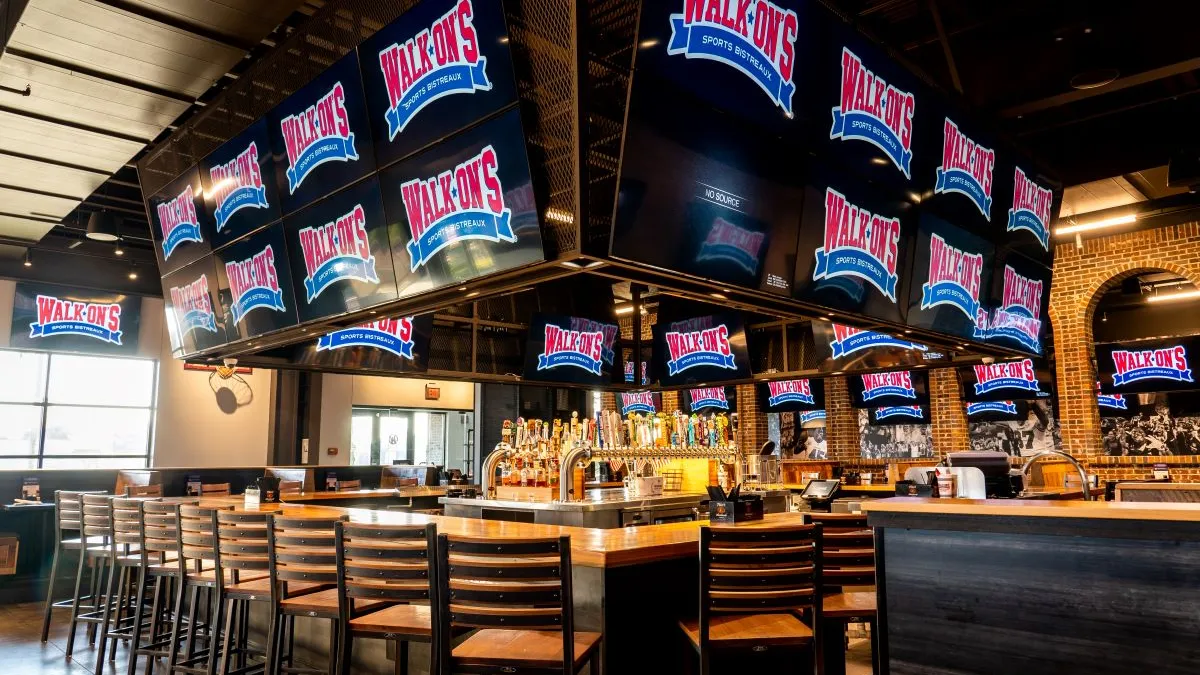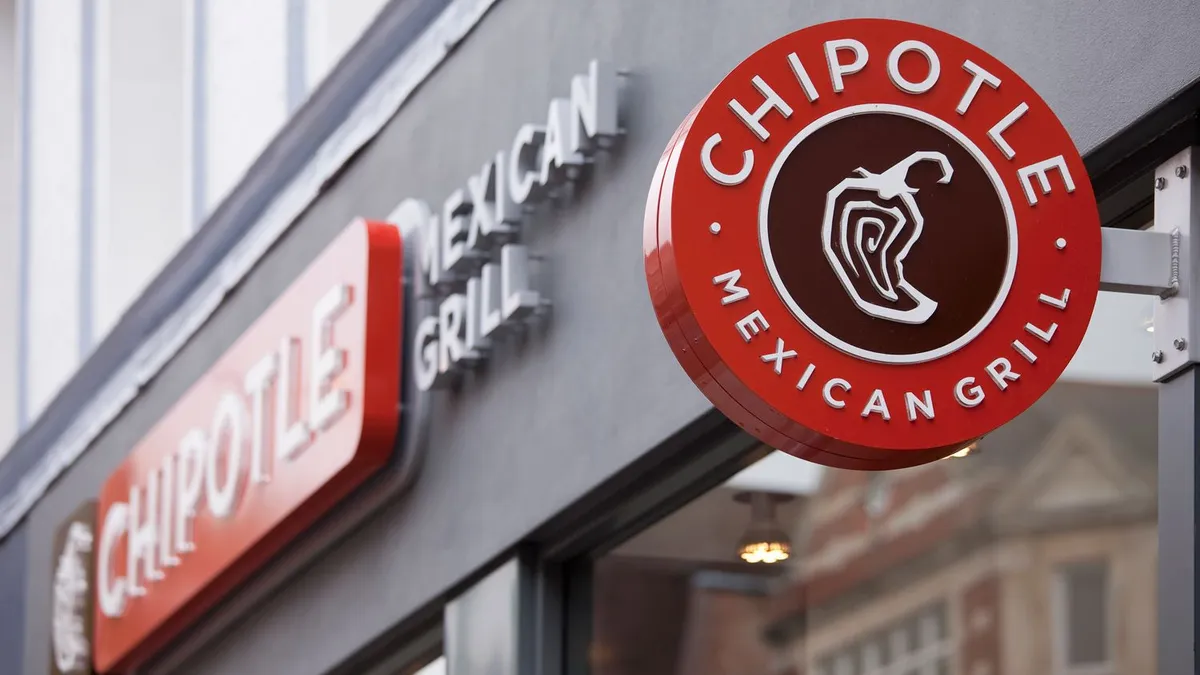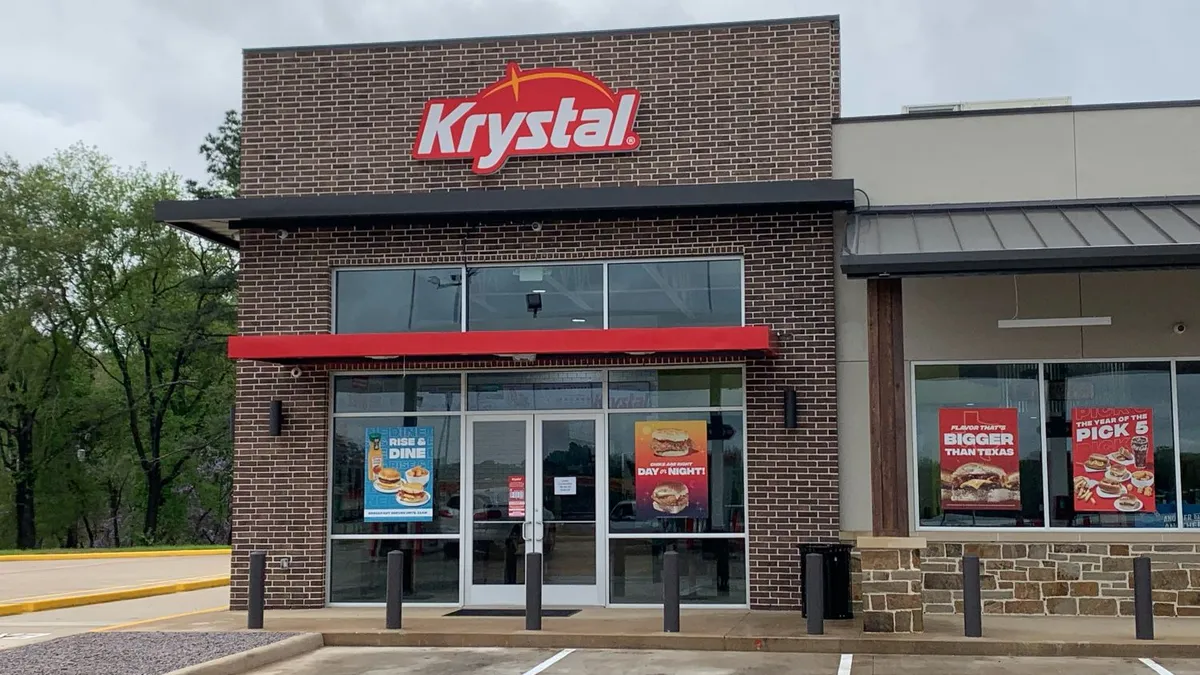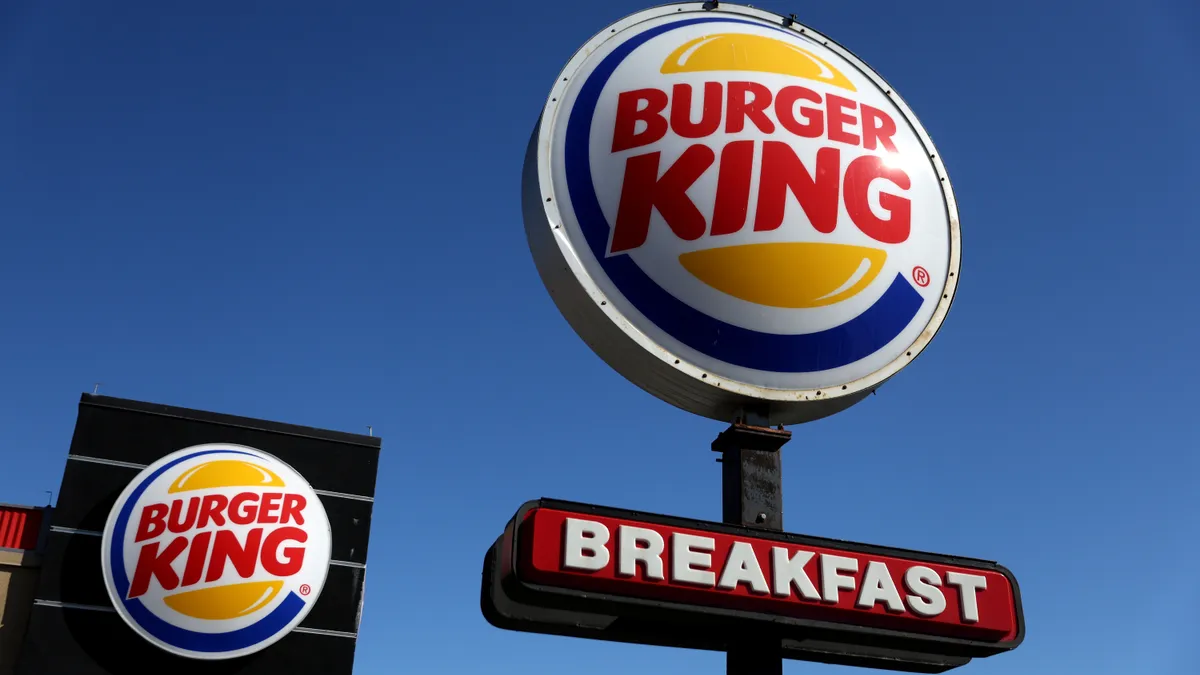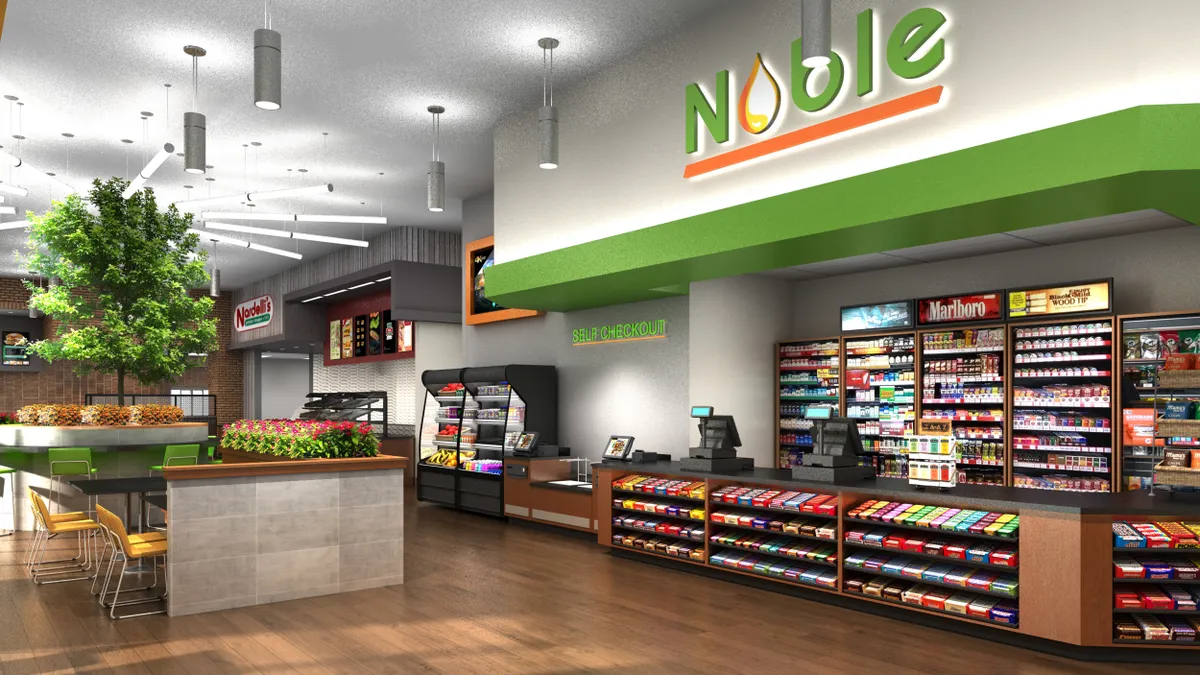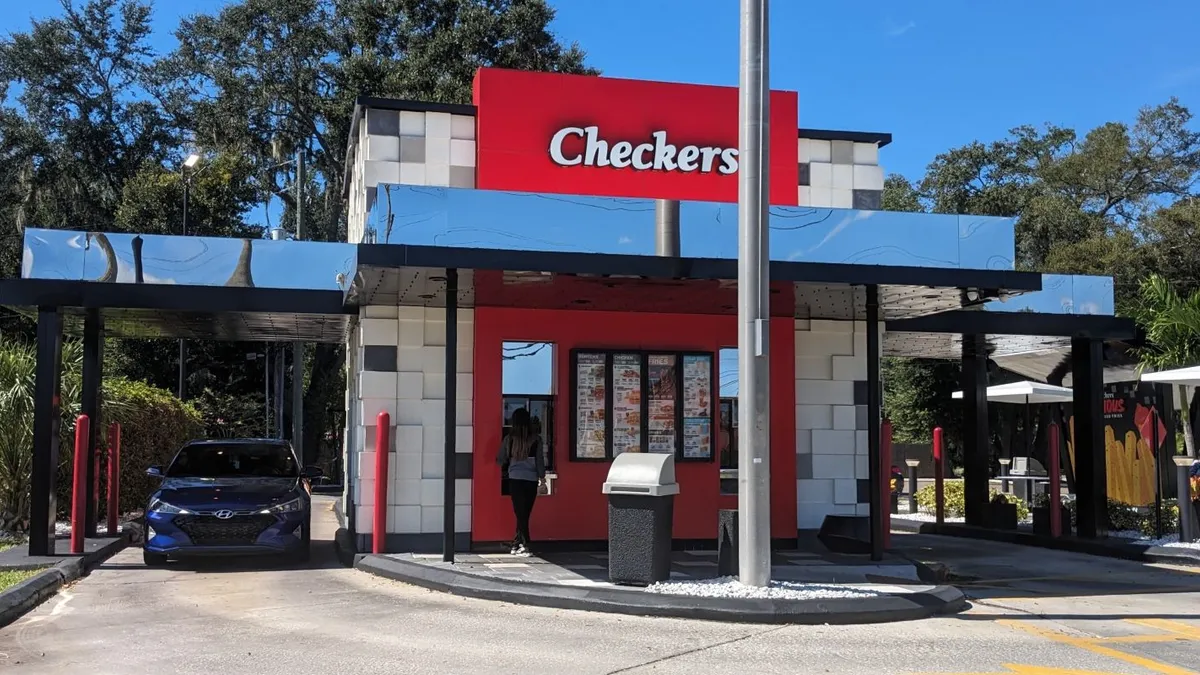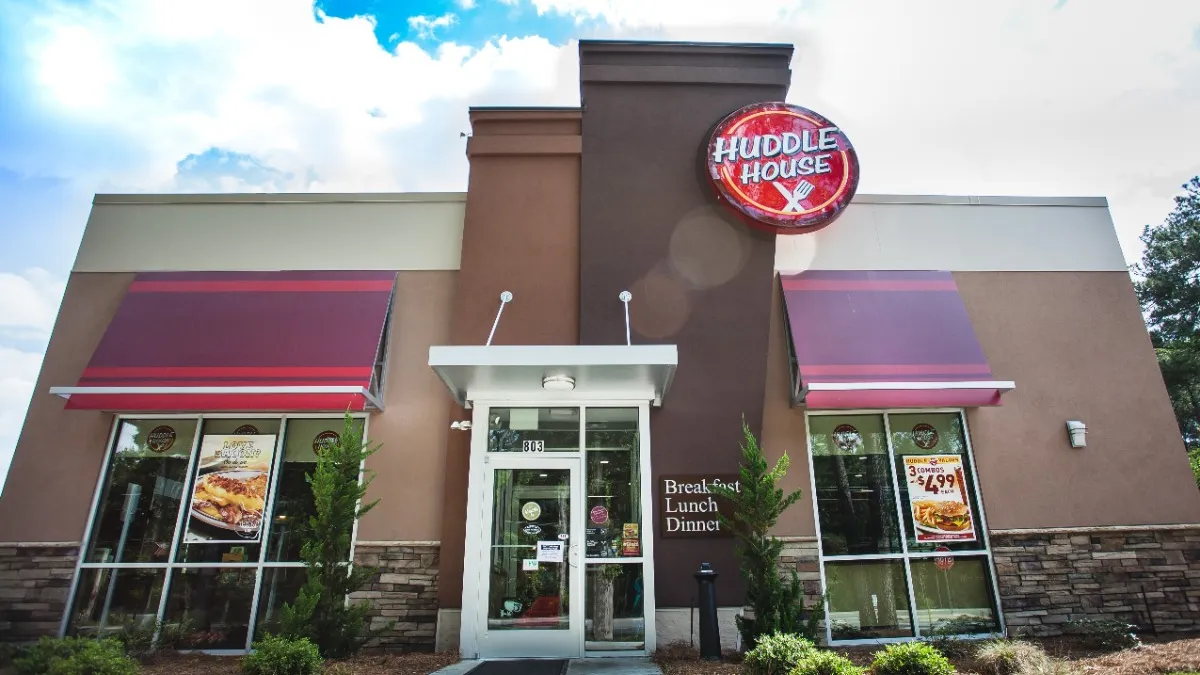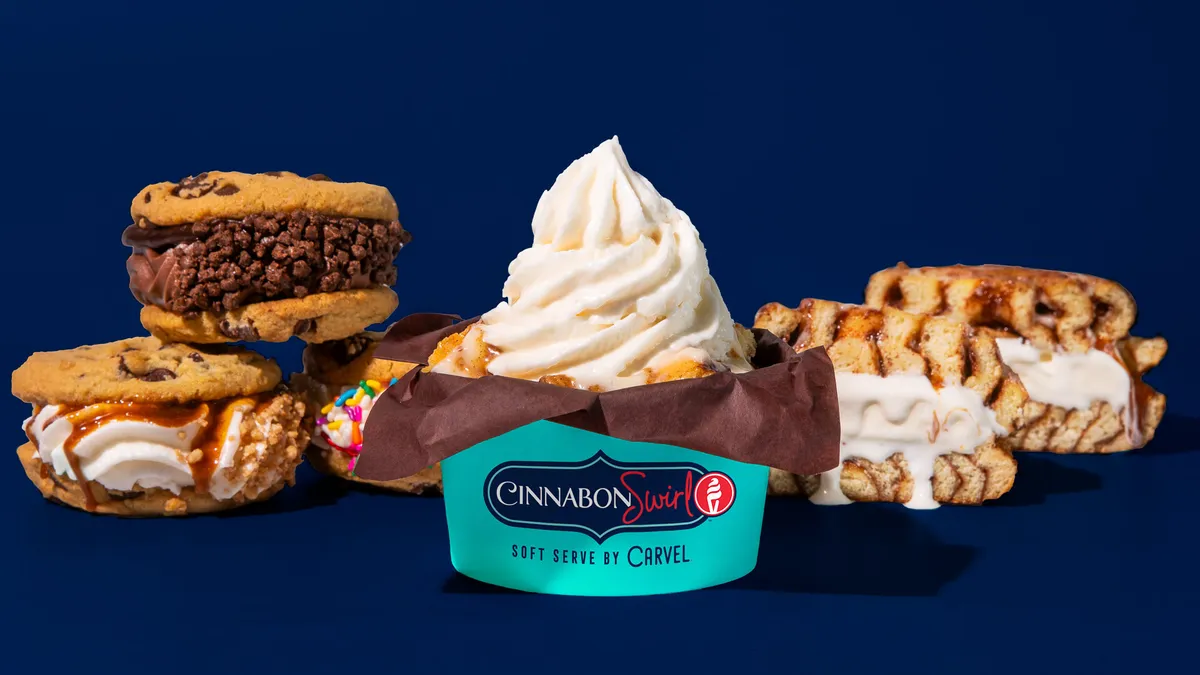Editor’s note: This article is part of an ongoing franchise series, which highlights brands that are new to or aggressively expanding via franchising. Is your restaurant starting to franchise? Email us at [email protected].
In the late 1990s, Walk-On’s Sports Bistreaux and Bar founders Jack Warner and Brandon Landry were walk-on basketball players at Louisiana State University. While on the team, the pair competed at college campuses around the country, where they saw communities gathering at sports bars. But there wasn’t such a place near LSU’s stadium in Baton Rouge, and that sparked an idea.
During an entrepreneurship class, Warner and Landry hashed out a business plan for a sports bar with the help of their professor. After they graduated, they opened the first Walk-On’s restaurant — a 10,000-square-foot, 350-seat restaurant within walking distance from Tiger Stadium at LSU — in September 2003, Walk-On’s CEO Scott Taylor said.
But things didn’t run smoothly.
“The nickname early on was ‘wait-ons’ or ‘walkouts’ because you didn’t get your food or you didn’t want it when you got it,” Taylor said.
The founders weren’t going to give up easily, however, and constantly sought feedback on how to improve. They would offer gift cards to people, asking them to give the restaurant another shot. The founders asked industry experts for advice on how to run operations more efficiently. By 2008, Warner and Landry were ready to open their second location, Taylor said.
By 2009, Walk-On’s became a stereotypical bar with frozen and fried food that didn’t have anything special on the menu, Taylor said. When Taylor met the team in 2010, they explored ways to improve the menu, including changing from frozen, premade hamburgers to fresh ground beef and cutting fresh fish and peeling shrimp in-house, he said.
After opening its first couple of restaurants, the company brought on additional team members to help operations. As part of streamlining the menu, it removed overly complicated items and improved training to improve overall execution. Over time, the company phased in different technology such as a kitchen display system and prep areas along with inventory and prep management systems to reduce waste, Taylor said.
In 2011, when Walk-On’s opened its Lafayette, Louisiana, location, it unveiled its new menu and quickly saw food sales become 80% of its sales mix. Comparatively, its Baton Rouge location’s sales were split 50/50 between food and beverages at that time, Taylor said.
The focus on its menu paid off, and ESPN awarded Walk-On’s, which had only four locations at the time, the best sports bar in America in 2012.
“It was about our food. It was the fact that we didn’t even serve chicken wings,” Taylor said. “We had crawfish etouffee, duck and andouille gumbo, jumbo gulf shrimp and fresh seafood. And [it was] even more the fact that they came in and saw families and girls nights out and guys nights out and grandma and grandpa, everybody was there. It … wasn’t your typical sports bar.”
Following the award and success of its new menu, the company realized this was a concept that it could franchise. Things really kicked off after NFL quarterback Drew Brees, who was already a Jimmy John’s franchisee, wanted to invest and franchise the concept. Brees did so and became co-owner of the restaurant company in 2015.
The company had also been building its corporate infrastructure to support franchising and grew its team to 30-plus employees in the office by the time it opened its sixth restaurant in 2015. The company has since grown to over 75 units across 14 states, and received an investment from 10 Point Capital during the COVID-19 pandemic, Taylor said.
Walk-On’s expects to open its 100th location by the first quarter of 2024, Taylor said.
The company supports franchisees through three training modules: management training, new restaurant opening training and core training for already open restaurants, he said. The company offers 12 weeks of training for franchisees in total, including one week of training at the corporate office. Most of the training occurs at certified training locations around the country. In-restaurant training, which lasts nine weeks, offers learnings on hourly functions to best understand how to manage hourly employees. Each week provides leadership and operator training on how to be a successful operator, Taylor said. After this training, an operator partner helps in at least one new location prior to the opening of their own to better understand what it takes to successfully open a restaurant. This training lasts one week.
Following in-restaurant training, all managers must complete 30-hours of instruction at Walk-On’s University program, in which department leaders at its Baton Rouge headquarters provide hands-on training and a culture immersion into its “Walk-On’s Way” culture, Taylor said.
For new restaurants, Walk-On’s will send over a dozen corporate employees to the field for two to three weeks to help open the location as well. The company also limits the number of restaurants that are managed by franchise coaches to 15 units and regional marketing coaches to 20 units to ensure that they can provide the attention needed to operators.
The company has also been adapting its operations in recent years, especially following the pandemic. During the covid crisis, the company was still opening restaurants that were under construction. These units were opening with 50% capacity, but were still setting national sales records. That made Walk-On’s realize that it didn’t necessarily need 8,000 square feet to build a successful restaurant.
Walk-On’s developed a 6,000-square-foot model, dubbed Wildcat, that has a little over 200 seats. This is enough dining room space to maintain the average unit volume of $5 million, Taylor said. The company is working on several new locations with this model, but hasn’t announced them yet. The smaller model generates about 35% of savings compared to the larger restaurant. Walk-On’s has also been focusing on restaurant conversions and has repurposed TGI Fridays, Twin Peaks and other full-service restaurants around the country.
Since the pandemic, Walk-On’s embraced curbside, takeout and touchless payments at the table. This year, the company is undergoing its largest technology upgrade ever, which will include a revamp of its website and a new point-of-sales system and loyalty app, Taylor said.
“Everything is geared around ‘how do we engage with our guests in a personal way,’ understanding that everybody’s different,” Taylor said.
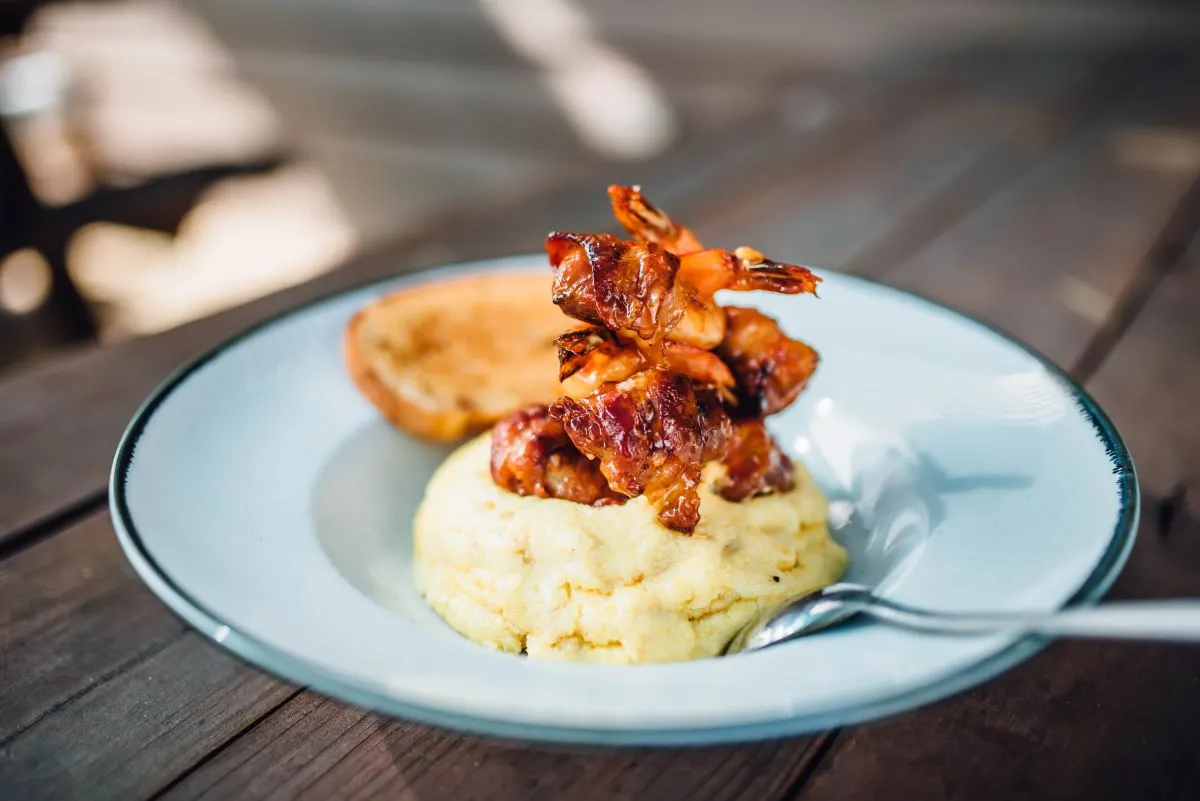
Development plans: The company has over 100 units in the pipeline and expects to open around 18 restaurants this year, Taylor said. The brand doesn’t plan to open more than 20 to 25 units per year to ensure that each of these openings are successful.
Walk-On’s likes tertiary markets with populations of about 100,000 where it can be a big player in a small market, but also will open in larger markets. The company generates 30% of sales during the lunch daypart, so it also wants to be around a daytime population where families, travelers and others can come in for lunch during the week. It also wants to be close enough to families to generate weeknight business, Taylor said.
Ideal franchisees: Walk-On’s works with single- and multi-unit operators, Taylor said. Oftentimes franchise operators are partnerships between an interested individual, like an athlete who has necessary capital but no restaurant experience, and an experienced restaurant operator who knows how to run the business but doesn’t have the capital. The company prefers individuals who are well-connected to their communities. One operator company, which is run by three couples who went to Texas Tech University and church together, opened a restaurant in Lubbock, Texas, in 2016. The owners knew everybody in the community and would greet people as they arrived. That restaurant continues to be successful, Taylor said.



